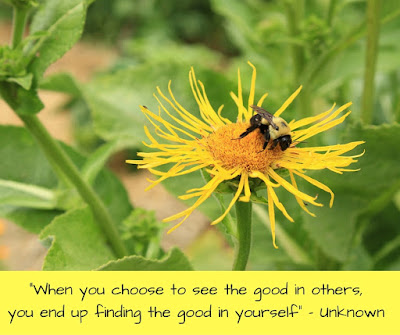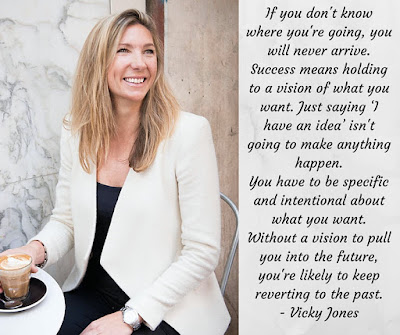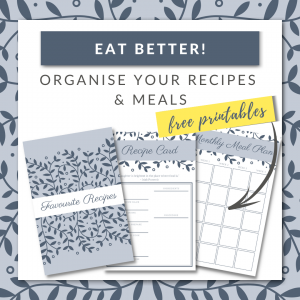Happy Lasagne Day, 29 July 2016!
A trip to Rome with her husband in 2012 inspired Amber Wright from The Foodie Mum to create this classic lasagne recipe. Amber recalls, “we found this little Italian place with red checkered tablecloths and a perfect view of the Castel Sant’Angelo. My husband ordered the lasagne and OH MY GOSH it was one of the best things I’ve ever eaten. From then on I’ve been researching and trying to replicate what we had that day. This closest tasting lasagne to the one I had in Rome“. I’m sold!
Ingredients:
Serves 4 to 6
- 5 tablespoons unsalted butter
- 1/2 cup Plain flour
- 4 cups milk
- 1/2 teaspoon grated nutmeg
- 1 1/2 cups tomato passata
- Salt and pepper
- 2 Tablespoons oil
- 1 chuck steak & 1 pork scotch fillet steak, minced or 1 packet of mince
- 8 pasta sheets (use 1 lot of my fresh pasta)
- 3 Cups cheese (I used cheddar, but you can use any other cheese you like)
Method:
1. In a saucepan, melt the butter over medium heat.
2. When butter has melted, add flour and whisk until smooth.
3. Gradually add the milk, whisking constantly to prevent any lumps. Continue simmering and keep whisking over medium heat until the sauce is thick, smooth and creamy, this will take around 10 minutes.
4. Remove from the heat and add the nutmeg and tomato passata. Stir until well combined. Season with salt and pepper and set aside and allow to cool.
5. In a frying pan heat the oil, add the mince and season. Brown mince and remove from heat; drain any excess fat on kitchen paper. Set aside and allow to cool completely.
6. Cook pasta sheets until al dente.
7. Into the bottom of a baking dish, spread 1/3 of the sauce mixture. Arrange the pasta sheets side by side, covering the bottom of the baking dish. Spread a thin layer of mince, sauce and cheese (in that order).
8. Top with next pasta sheets and repeat the process until all mixture is used up (make sure top layer is just pasta and sauce).
9. Top with any remaining cheese and bake in an oven for 40 mins or until golden brown, bubbling and hot.
TIP: I topped my lasagna with pancetta breadcrumbs for a crunchy top.
Thanks to Amber Wright from The Foodie Mum for sharing this delicious recipe.
“My passion in life is to cook and feed the people I love and since becoming a mum this has become even more important to me. I have a passion for all types of food from baking cookies with my kids to an amazing fillet mignon for a romantic dinner with my hubby,” says Amber. Family and friends frequently ask Amber for her recipes, so Amber decided to start a blog to share her favourite recipes. The Foodie Mum blog was born. Amber lives in Perth, WA with her husband and two gorgeous children, daughter Lelah and my new son Maden. Check out Amber’s blog here: www.thefoodiemum.com
Want more recipes like this? Subscribe to our newsletter here…













